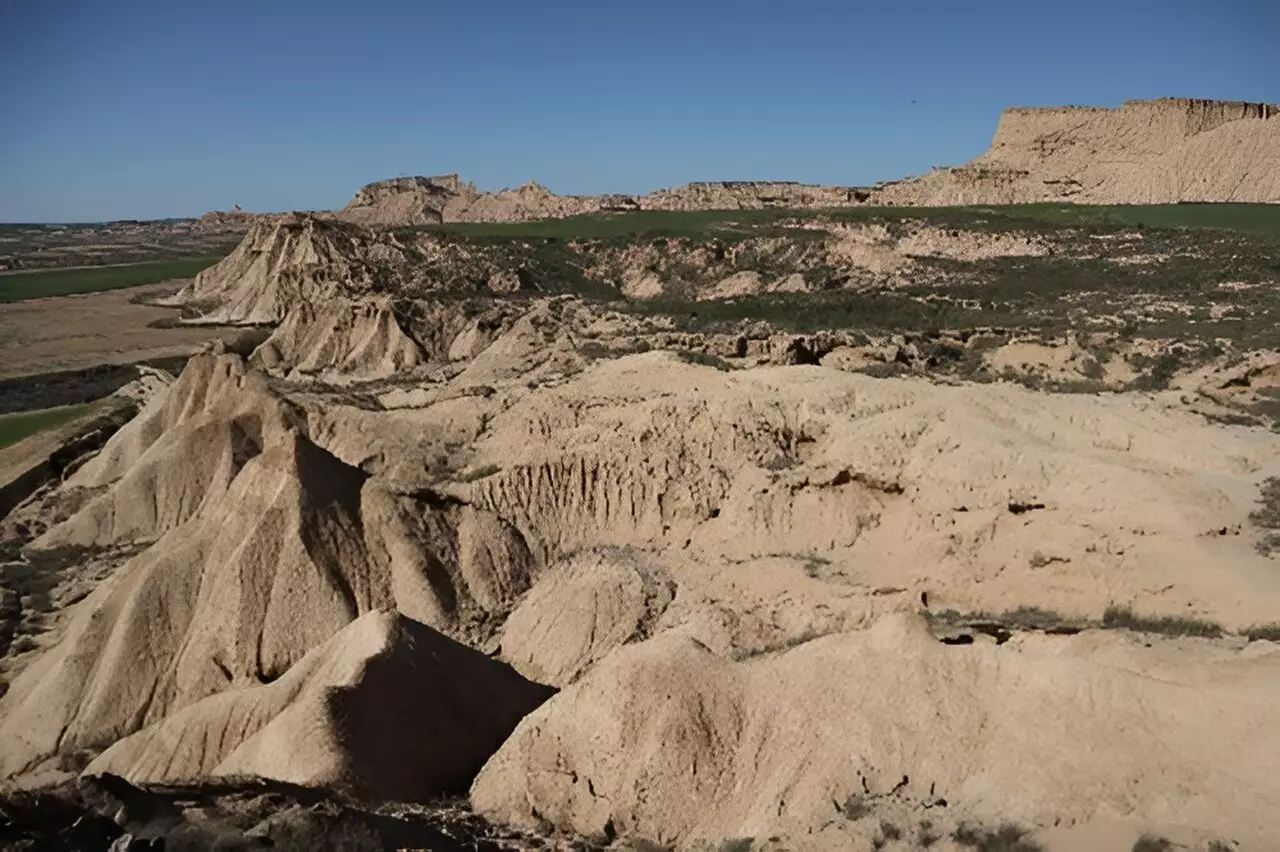The planet’s drylands, including deserts, shrublands, grasslands, and savanna woodlands, now cover approximately 45% of the global land surface. These regions are characterized by water scarcity, which has significant impacts on natural ecosystems and human-managed landscapes such as agriculture, forestry, and livestock production. While factors such as climate change and land management practices have long been known to contribute to the expansion of drylands, new research indicates that drylands themselves are accelerating their own spread.
Climate scientists from the University of Bristol, working in collaboration with experts from Ghent University, Cardiff University, and ETH Zurich, have found that climate change is exacerbating atmospheric drying in drylands. This leads to increased terrestrial water loss through evaporation and drives the global expansion of arid environments. As a result, regions that were once humid are gradually transforming into more arid landscapes.
Researchers have quantified the phenomenon of dryland self-expansion by analyzing sources of precipitation and heat over newly expanded drylands. Through the study of air movements over these regions over the past 40 years, they were able to determine that more than 40% of the transition of humid land into dryland could be attributed to dryland self-expansion. Drying soils in existing drylands release less moisture and more heat into the atmosphere, resulting in reduced rainfall and increased atmospheric water demand in downwind humid regions.
The study highlights the regions most vulnerable to further dryland expansion and emphasizes the urgent need for climate change mitigation and sustainable land management practices. The acceleration of dryland self-propagation poses significant risks to human livelihoods, ecosystems, and socio-economic stability globally. As the world moves towards a warmer and potentially drier future, the risk of dryland expansion intensifying becomes more pronounced.
It is imperative for coordinated ecosystem conservation efforts to be implemented in existing drylands to prevent further expansion. The research underscores the importance of developing land-based adaptation strategies to mitigate the impact of drought and heat propagation. By quantifying the impact of distant vegetation responses on dryland expansion, the study provides valuable insights for guiding future conservation and land management practices.
The acceleration of dryland expansion is a growing global concern that requires immediate attention and action. By understanding the underlying factors driving this phenomenon, we can work towards implementing effective strategies to mitigate its impact on ecosystems and human populations. Sustainable land management practices and climate change mitigation efforts are crucial in addressing the challenges posed by the increasing spread of drylands worldwide.


Leave a Reply